The latest interpretation of Benedict XVI’s resignation was given in recent weeks by Fr. Silvano Fausti, a Jesuit who was Cardinal Carlo Maria Martini’s confessor. Right before he died last month, Fr. Fausti granted a video interview and recounted that during their last meeting Cardinal Martini had told the current Pope Emeritus that the Roman Curia was not going to change, so it would be good if he were to resign. According to Fausti, Martini said this to Pope Benedict as if he were reminding him of an old agreement between them. That resignation paved the way for Pope Francis, whom Fr. Fausti admires.
But this story must be decoded. It is now evident that in order to understand the reasons why Pope Francis was elected, one needs to return to the 2005 conclave. Benedict XVI was elected during that conclave, but maneuvers behind his back never stopped. Benedict XVI’s pontificate was constantly under attack at every level. The old hands of the Curia, in particular, could barely stand his rule.
The pontificate was so barely tolerated that a cardinal who took part of the conclave leaked his diary of the event – an unprecedented move in the history of the Church. According to that diary, in second place for the pontificate was Cardinal Jorge Mario Bergoglio, who went on to be elected pope during the following conclave.
Was the leaking of the diary the beginning of an eight-year-long campaign for Bergoglio? No one can say. Certainly, Fr. Fausti’s revelations – he died June 24 at the age of 75 – generate a narrative that must be deciphered.
According to Fr. Fausti, Cardinal Martini, already gravely sick, met with Benedict XVI on June 2, 2012, on the occasion of the World Day of Families in Milan (Cardinal Martini later died on August 31, 2012). When he met the Pope, he told him: “You cannot reform the Curia, you can’t do anything else than give up.”
Benedict XVI had come back very tired from the trip to Mexico and Cuba, at the end of the preceding March. During that summer he began speaking about the possibility of resigning with his closest collaborators who tried to discourage him from taking that decision. In December 2012, Benedict XVI called a consistory for the creation of six cardinals (no Italians, no Europeans, no curialists among them) in order to “re-balance” the College of Cardinals, and on February 11, 2013, he publicly declared his intention to resign from the active exercise of the Petrine ministry.
But according to Fr. Fausti, the resignation was already programmed from the beginning of the pontificate in case things did not to go as planned. And it was even planned since the conclave of 2005, when Cardinal Martini transferred his votes to Cardinal Ratzinger in order to avoid the “dirty games” of cardinals aiming at eliminating both of them as contenders so that they could elect instead “a man of the Curia, very shrewd, who could not make the cut,” Fr. Fausti revealed.
“Once he caught on to the trick, Cardinal Martini went to talk to Ratzinger in the evening, and he told him: ‘Accept your election as Pope tomorrow with my votes. You should accept, as you have been working in the Curia for 30 years and you are intelligent and honest. If you are able to reform the Curia, ok, if you cannot, you can leave office.’”
This narrative is certainly suggestive, and it reveals some aspects that are generally not taken in consideration. First, in 2005, the distinction between conservative and progressives had become outmoded. This development was certified by the longstanding Vatican-watcher Giuseppe De Carli, who announced in his book “Breviario del nuovo millennio” that the conservative-progressive dialectic was outdated.
Secondly and consequently, Cardinal Martini and Cardinal Ratzinger were not on different sides. Fr. Federico Lombardi, Director of the Holy See Press Office, proved this when he presented the third book on Jesus of Nazareth by Benedict XVI. Speaking at the beginning of the presentation, Fr. Lombardi read aloud some of Cardinal Martini’s statements, among them, “I wanted to write a book on Jesus, then Ratzinger did everything I would have done.” This from the cardinal loved by progressives.
However, this interpretation of the 2005 conclave has some holes in it. First, Fr. Fausti said that Cardinal Martini had a bigger number of votes than Ratzinger – a detail that all those involved at various level in the conclave and also the famous “Diary of the Conclave” dismiss. Ratzinger was always in first place in every poll, and Cardinal Martini was not even taken in consideration as a candidate, given that he was already suffering from Parkinson’s disease.
The identity of the “shrewd cardinal of the Curia” is also a mystery. If we lean toward accepting as valid the reconstructions of the “Diary of the Conclave”, there were no other curial cardinals on stage, and the only opponent to Benedict XVI’s election was Jorge Mario Bergoglio. Eight years later, the name of Bergoglio was proposed once again, from almost all the same old cardinals of the Curia who placed him among the “papabili” eight years earlier.
So, Pope Francis’ election conveyed the message that the pontificate of Benedict XVI was just an isolated parenthesis in the history of the Church, and that the cardinals had perhaps been mistaken in their earlier approach, while today, with Cardinal Bergoglio’s election, they were setting out on a more just path, closer to the spirit of the world.
The notion of a “change of narrative” was spread around immediately after Pope Francis’ election, while the new Pope was struggling for the first time with a curial reality very different from what he had experienced in his Archdiocese of Buenos Aires. In this struggle, Francis’ political instinct helped, but his advisors did not. For this reason, step by step the hidden Vatican has gained an important place in Pope Francis’ pontificate – that is, the Vatican that no one talks about, and yet the one that tirelessly works on behalf of the institution. Benedict XVI has also emerged more and more as one of Pope Francis’ hidden advisors, as he is the only man capable of criticizing some of Francis’ statements and expressions (though the Pope Emeritus never takes the first step, but always waits for his opinion to be requested by Pope Francis).
The way Fr. Fausti expressed himself in print confirms the current need felt by some to reinforce the narrative that presents Pope Francis as the man of providence, the Pope who helped overcome the impasse of the 2005 conclave, and who, with his freshness and novelty, will change the image of the Church.
However, Pope Francis himself weakens this narrative. He does not do so in public – the fact that this pontificate is quite attentive to its image is ultimately proven by the establishment of a Secretariat for Communication. But he does so by reciting individual pieces of history, dismantling pieces of the narrative with spontaneity, thus providing a reading of the facts that fits better with reality.
This is what he did during the presser on the flight back from South America. The Pope was asked about the crucifix with the hammer and sickle designed by Fr. Luis Espinal, the Jesuit who was killed by a death squad in 1980. Pope Francis paid Espinal homage by stopping to pray at the place where he was killed.
In the press conference Francis later clarified that he was not offended by Evo Morales’ gift (as had seemed to be the case from his facial expression, and from the incorrect description of the moment provided by reporters). The Pope then stressed the need for a hermeneutic of context, that is, a contextualization of Fr. Espinal’s thinking and work. In the end, the Francis explained the need to relativize liberation theology, to understand that in Latin America the real issue for the Church was that it stood on one side, and to see that liberation theology offered a space which some of the Jesuits took.
The Jesuit Order immediately republished this explanation on their website, as if in doing so they wanted to justify controversial choices which also led some Jesuits to be put on trial by the Congregation for the Doctrine of the Faith – one example is the CDF’s condemnation of theologian Jon Sobrino, whose thought made the poor, and not Christ, the theological center of everything.
Pope Francis provided remarks on the “hermeneutic of context” at the beginning of the press conference, thus indicating that he does not want to be over-interpreted, since many of his gestures and actions should be examined within a pragmatic framework more than within a consistent and precise theological framework.
In order to justify his position on liberation theology, the Pope mentioned the two instructions by the CDF on liberation theology – issued, respectively, in 1984 and 1986. The first condemned an erroneous theorization of liberation theology, and the second valued the positive aspects. But the Pope also mentioned a Jesuit internal letter on Christian and Marxist analysis sent out in 1980 by the then General of the Society of Jesus, Fr. Pedro Arrupe.
The content of that letter demolishes the narrative which presents Fr. Bergoglio as the hatred Jesuit provincial who opposed liberation theology, while other Jesuits and their General, Fr. Arrupe, accepted it, or at least some pragmatic aspect of it.
Fr. Arrupe explained to Jesuits that Marxist analysis can be useful because of some of the issues it raises, but that those same analyses cannot be employed without also accepting all of Marxist materialism, so that religion is effectively put aside. Fr. Arrupe found this approach unacceptable, but he did not want to leave the door closed in case future study would make it possible to separate the historical-critical analysis from materialist philosophy.
In opposing liberation theology, Fr. Bergoglio was therefore doing nothing other than putting into practice the instructions of his Superior General by observing a sharp distinction between Marxism and people, and by adhering to a movement more widespread in Argentina, the so-called “theology of people”, which is more inclined to large manifestations of popular piety than to social struggles.
So why was there a need to build up around Pope Francis the narrative of an uncompromising man, alienated from the Jesuits? And why, once he was elected Pope, is the narrative of Pope Francis’ revolution being continually pushed all the more?
One example of this triumphal narrative is indicated by the media hype around the mediation of Holy See in helping Cuba and the United States to re-establish diplomatic relations.
During the in-flight presser, Pope Francis candidly admitted that he had not done so much in this regard, except for praying and dispatching a cardinal to work for talks when he felt the need to do so (perhaps it was Cardinal Tarcisio Bertone, a long-time Cuba visitor, who stayed on the Isla for a while just some weeks before the announcement of the new diplomatic ties). In the end, Pope Francis admitted that the Church had only capped a rapprochement that Cuba and the United States had already begun – a rapprochement that required an exceptional partner.
Speaking this way, the Pope demythologized another piece of the narrative concerning his character, thus preparing for his upcoming trip to Cuba, already full of expectations.
In much the same way, Benedict XVI’s trip to Cuba in 2012 was full of expectations. The Pope Emeritus had first planned to go only to the isla; the Mexican stop was included in the trip mostly because the Mexican bishops leaked the possibility of a papal visit before it had been decided. On account of the difficulties he experienced during the trip, Benedict XVI concluded it was about time to leave the papacy to someone younger. He so considered personal stamina to be a requirement of the Petrine ministry, that his resignation can not be said to be the consequence of a pact with Cardinal Martini.
Nevertheless, the fact that the Pope Emeritus’s resignation is represented as the outcome of just this very pact, combined with the fact that details of the 2005 conclave have emerged in a confusing way – details that can neither be confirmed nor denied – shows that in the end the agenda being played out behind Pope Francis’ back is reinforced by considerable strength. This agenda aims at a sort of de-Ratzingerization of the Curia and the Church, a process that would generate a breach in the history of the Church, with Pope Francis being exploited by others as an instrument of propaganda.
The agenda behind Pope Francis’ back is not ultimately an agenda in favor of the Pope. It is an agenda in opposition to a particular model of Church. This was demonstrated during the 2014 Synod on the Family, and it will be also be clear during the upcoming synod. Bishops will barely meet the expectations of this agenda. And even more barely will the faithful.
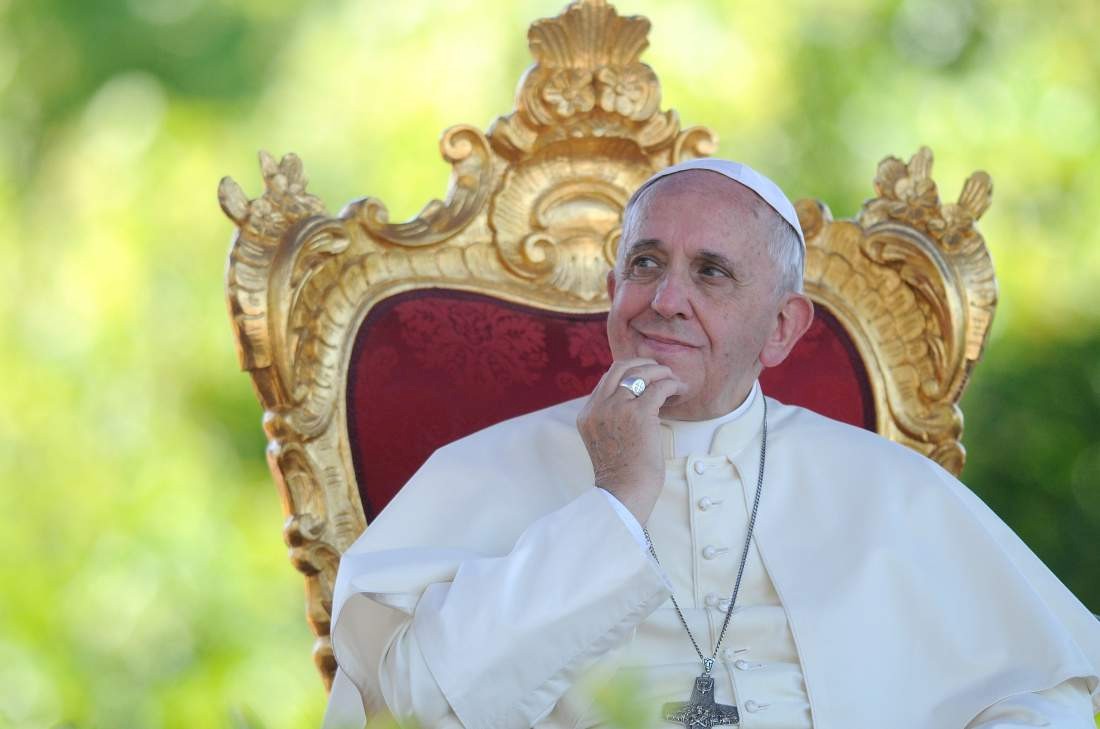
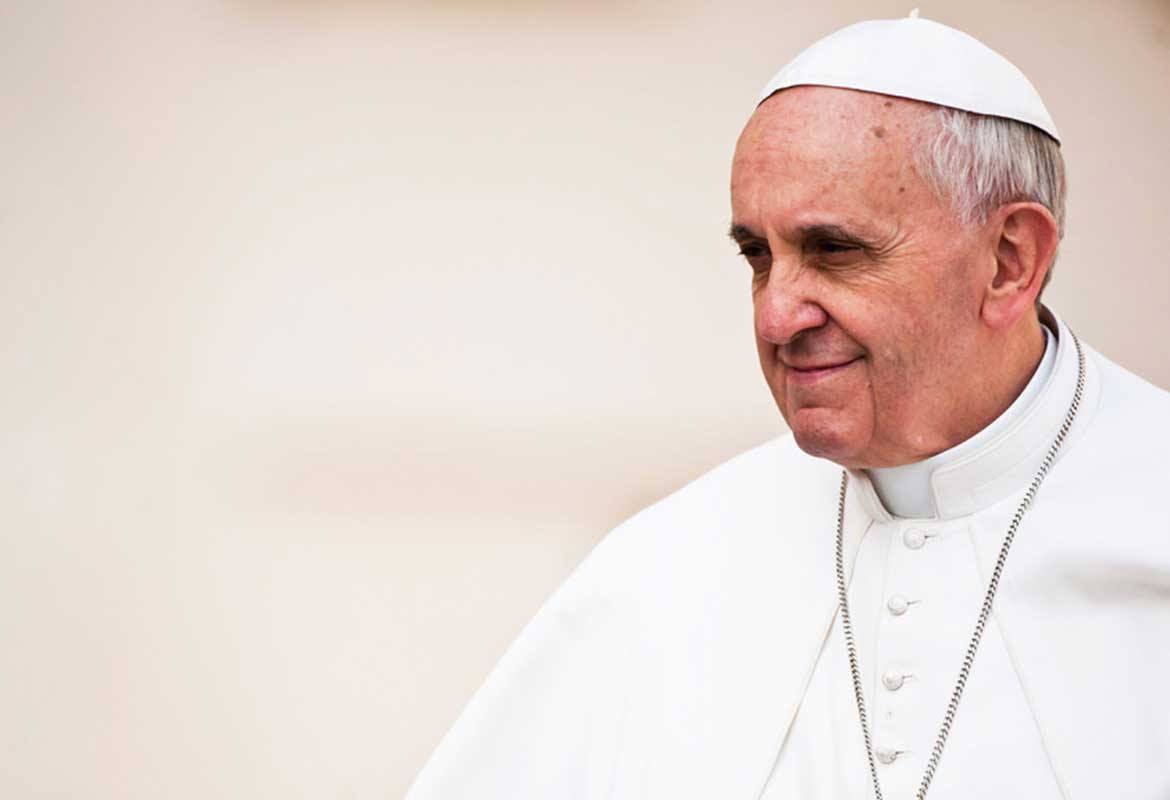
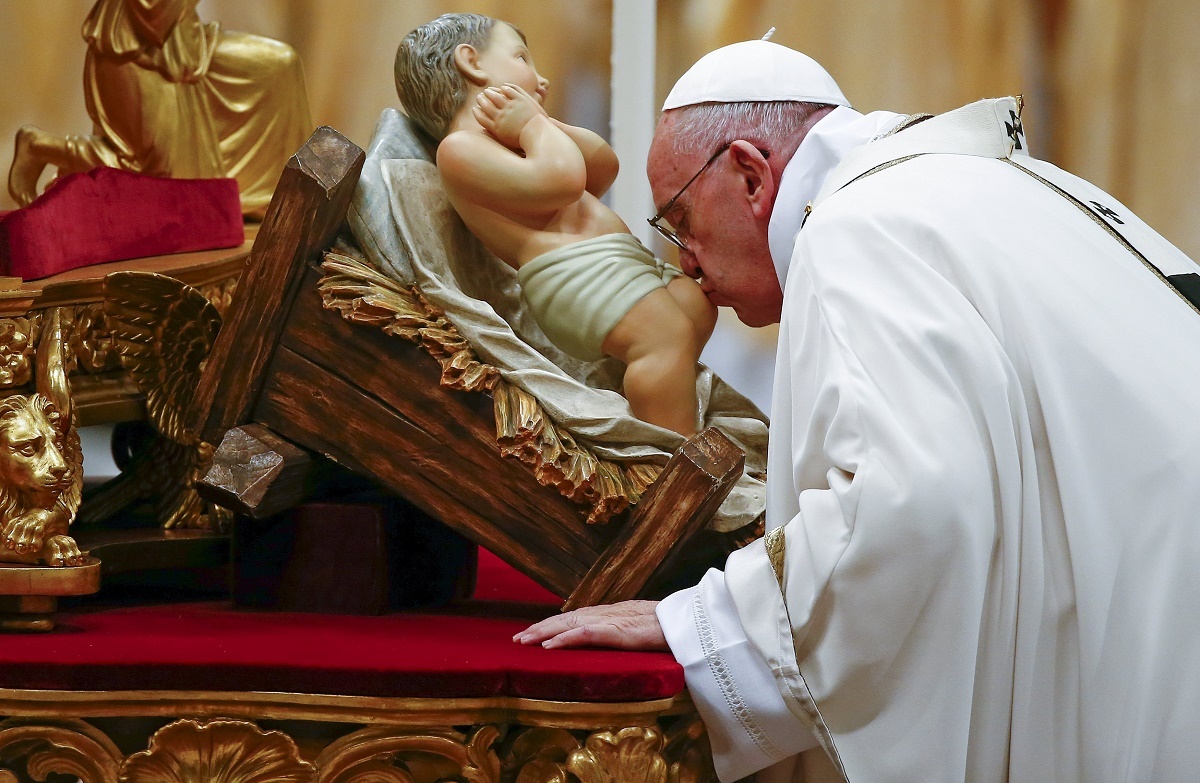
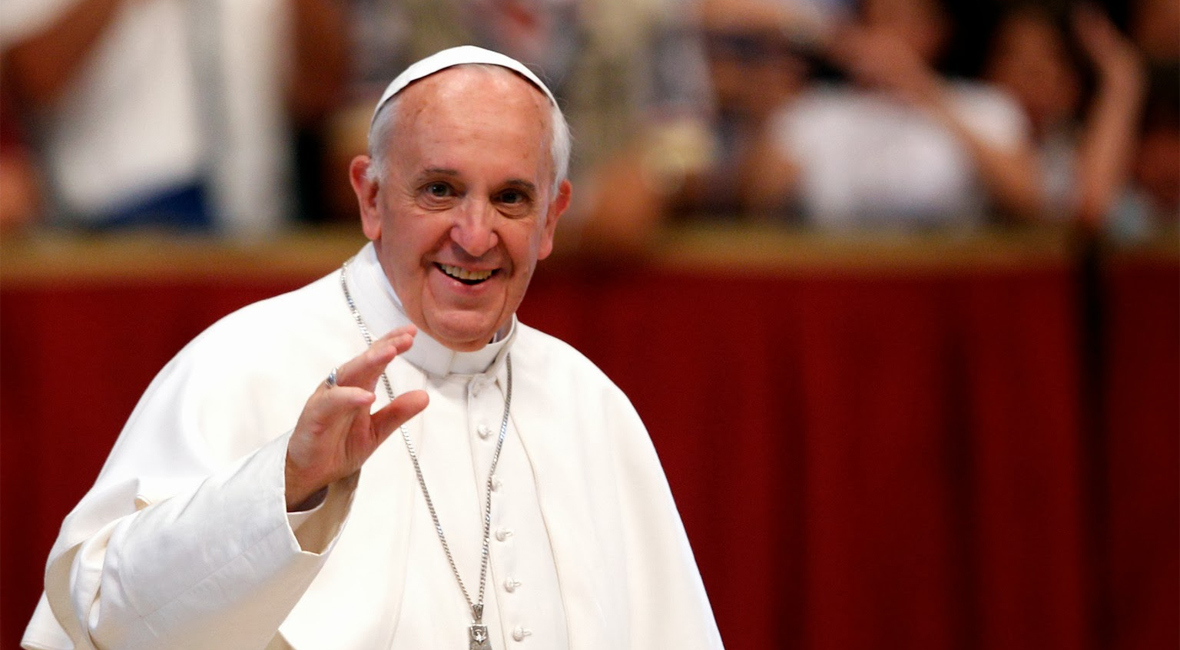


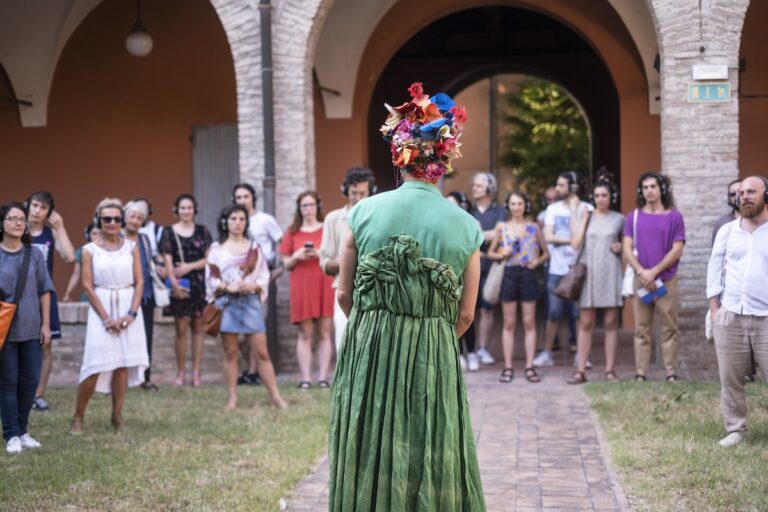
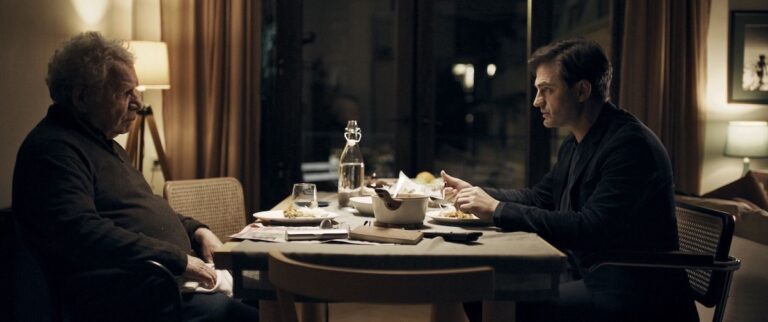


+ There are no comments
Add yours